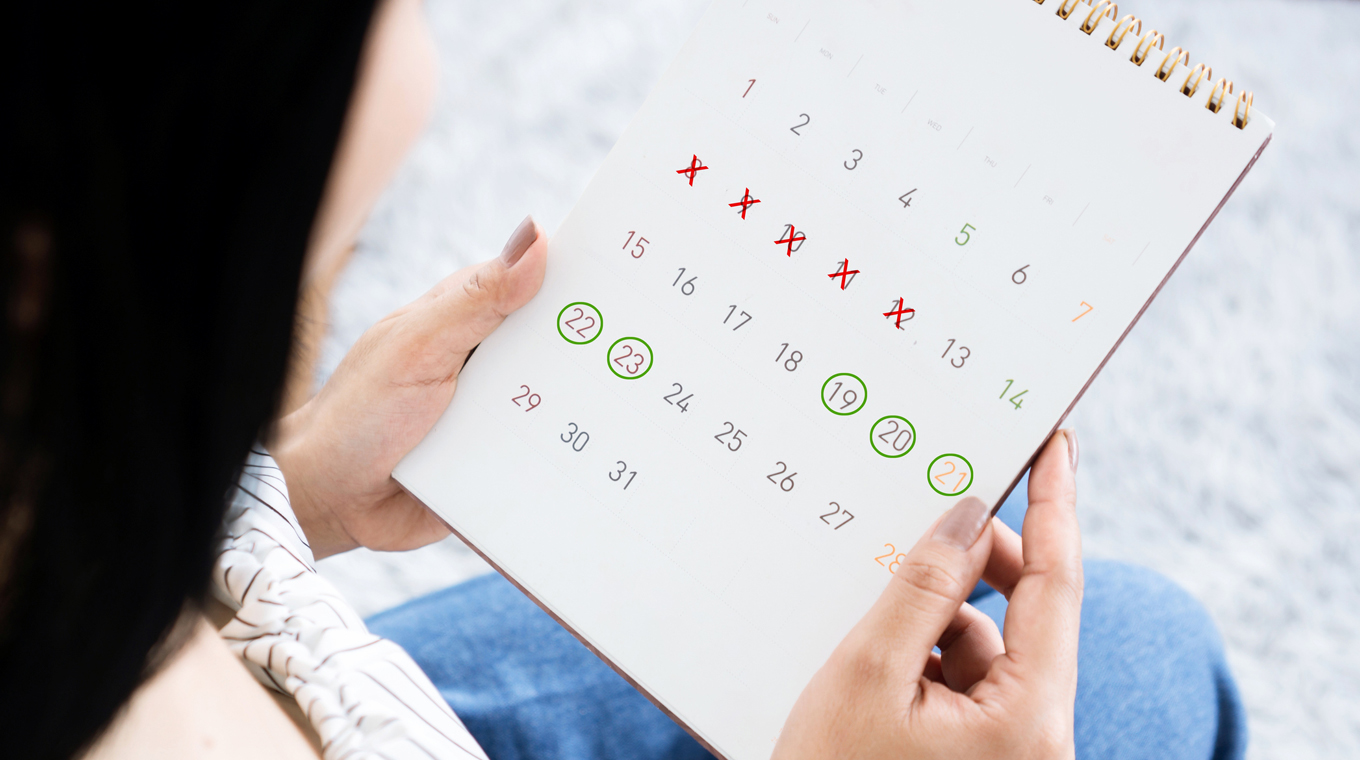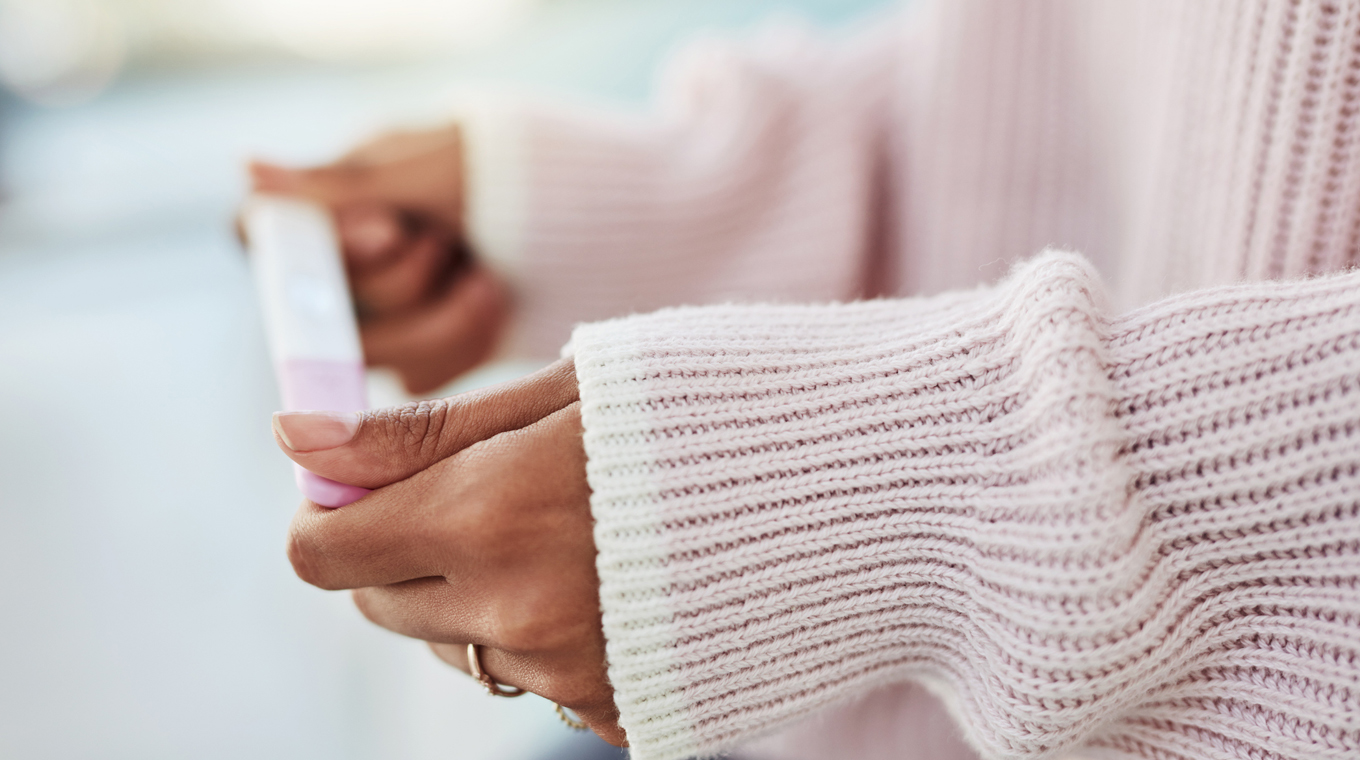
In this article
The time has come, and you’ve decided you want to try to get pregnant. You know what all goes into doing the deed when it comes to achieving the desired outcome, but as far as timing is concerned, you’re not 100% sure. Did I wait too long? Am I still fertile, and if so, when is my body most likely to be cooperative?
There are many ways to determine what time is the best time. So if you’re looking for answers around fertility, like when are women the most fertile, what ovulation has to do with it all, and the best ways to track your ovulation — read on.
What is fertility?

According to the American Pregnancy Association, fertility is defined as the natural capability to conceive or induce conception. Several factors go into conception and subsequent pregnancy, like the health of the egg and sperm, the ability of the sperm to fertilize the egg, and a fertilized egg being successfully implanted in the uterus.
So how do you know if you’re fertile? Even if you are, it doesn’t mean the first time you engage in sex, conception and pregnancy will automatically follow. At the same time, it’s important to know how much time you typically can expect to try before turning to an expert for additional testing.
“Infertility is defined as one year of unprotected intercourse without achieving pregnancy,” Dr. Cary L. Dicken, MD, FACOG, previously told Mom.com. If you’re over 35 years old, the timeframe drops to 6 months. But before you start worrying about being infertile, try calculating your fertile window and focus your conception efforts during that time.
When is your fertility window?

As we said, there are quite a few factors that go into determining if you are fertile. But there is actually a specific window of time when you’re more likely to get pregnant than at other times. Your fertile window is comprised of the days surrounding the time when you’re ovulating. Specifically, it’s the five days leading up to ovulation, plus the day of ovulation and the day after ovulation.
Signs you’re in your fertile window
Aside from keeping track on your calendar of when you expect to ovulate, there are other physical signs you’ll experience when the time is near. Some of those include changes to your cervical mucus and a slight increase in your basil body temperature.
Now that we know your fertile window has to do with when you’re ovulating, you may wonder, what is ovulation specifically? Ovulation describes a time about halfway through your cycle (day 14 of a 28-day cycle) when your ovary releases an egg.
When that egg is fertilized by sperm, it’s the first step (in the two-step process) to having a successful pregnancy. As we mentioned, part of your fertile window includes the days leading up to ovulation, but why is that? Turns out, under the right conditions, healthy sperm can live up to five days.
Signs you’re ovulating
Using a calendar to track your cycle, your fertile window, and ovulation is an easy way to keep tabs on what is going on and when. But for those who don’t have a regular menstrual cycle, keep an eye out for other signs of ovulation.
One of those signs is a change to your cervical mucus. “It becomes clear and slippery like egg whites for several days prior to ovulation, with the highest chance of pregnancy being when intercourse occurs at peak mucus,” Dr. Witt M.D., associate professor of Clinical Obstetrics, Gynecology & Reproductive Sciences at Yale School of Medicine, told Forbes Health.
Another indication you are ovulating is a slight increase in your basal body temperature (BBT). If you use your BBT as a sign you’re ovulating, tracking it consistently is important, and the temperature change isn’t overly dramatic (we’re talking about half a degree more).
Tracking ovulation: Ovulation calculators and kits

Aside from using a calendar, changes in cervical mucus, or your BBT to check whether or not you’re ovulating, you also may consider an ovulation calculator or ovulation kit.
“I never thought I’d have to track my ovulation. I just assumed if I had sex often enough, pregnancy was bound to happen eventually,” mom of one Jenna Q. told Mom.com. “Thankfully, tracking wasn’t nearly as daunting or difficult as I anticipated, but it did take a while to get it down to a science.”
Ovulation calculators
These calculators will estimate when you ovulate based on your menstrual cycle. You can find an ovulation calculator online as long as you know the first day of your last period and (on average) how long your entire cycle is.
Ovulation kits
Ovulation kits are available over-the-counter at your local pharmacy and big box stores, or can even be ordered online. You’ll use these kits to determine if you’re ovulating by either urinating on the strip or dipping strips into a cup of urine. Based on your hormones, it indicates it you’re ovulating.




